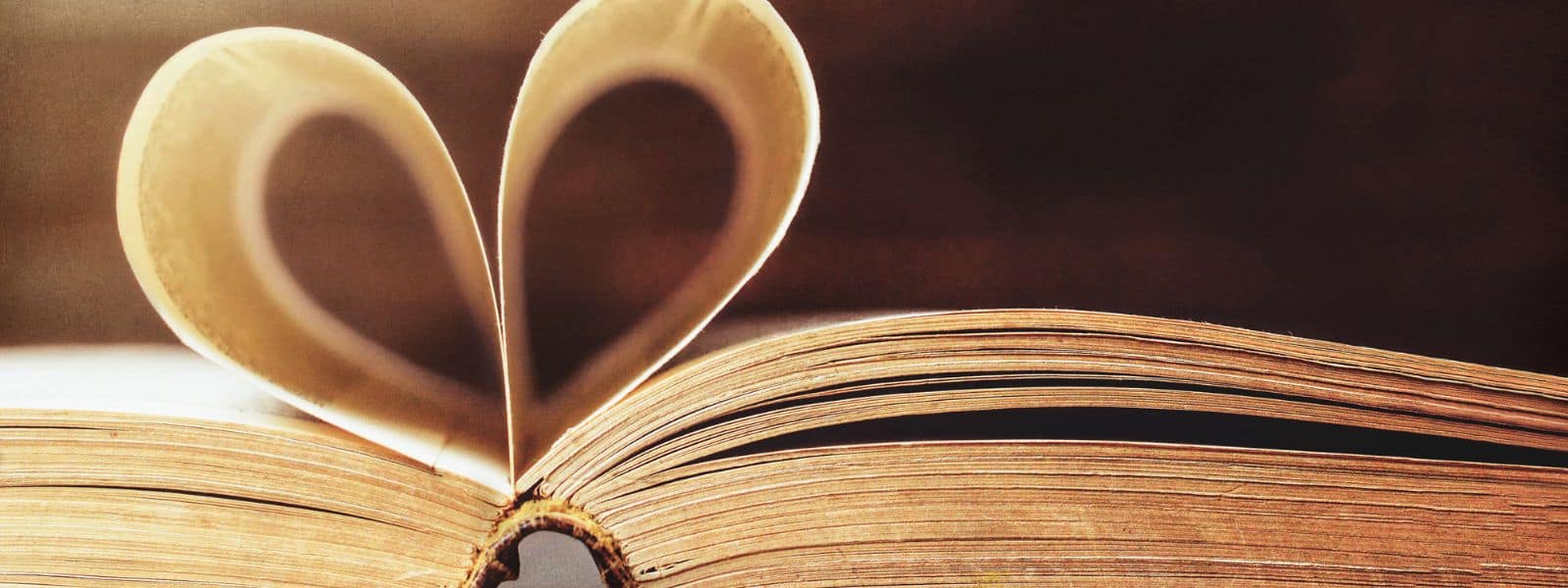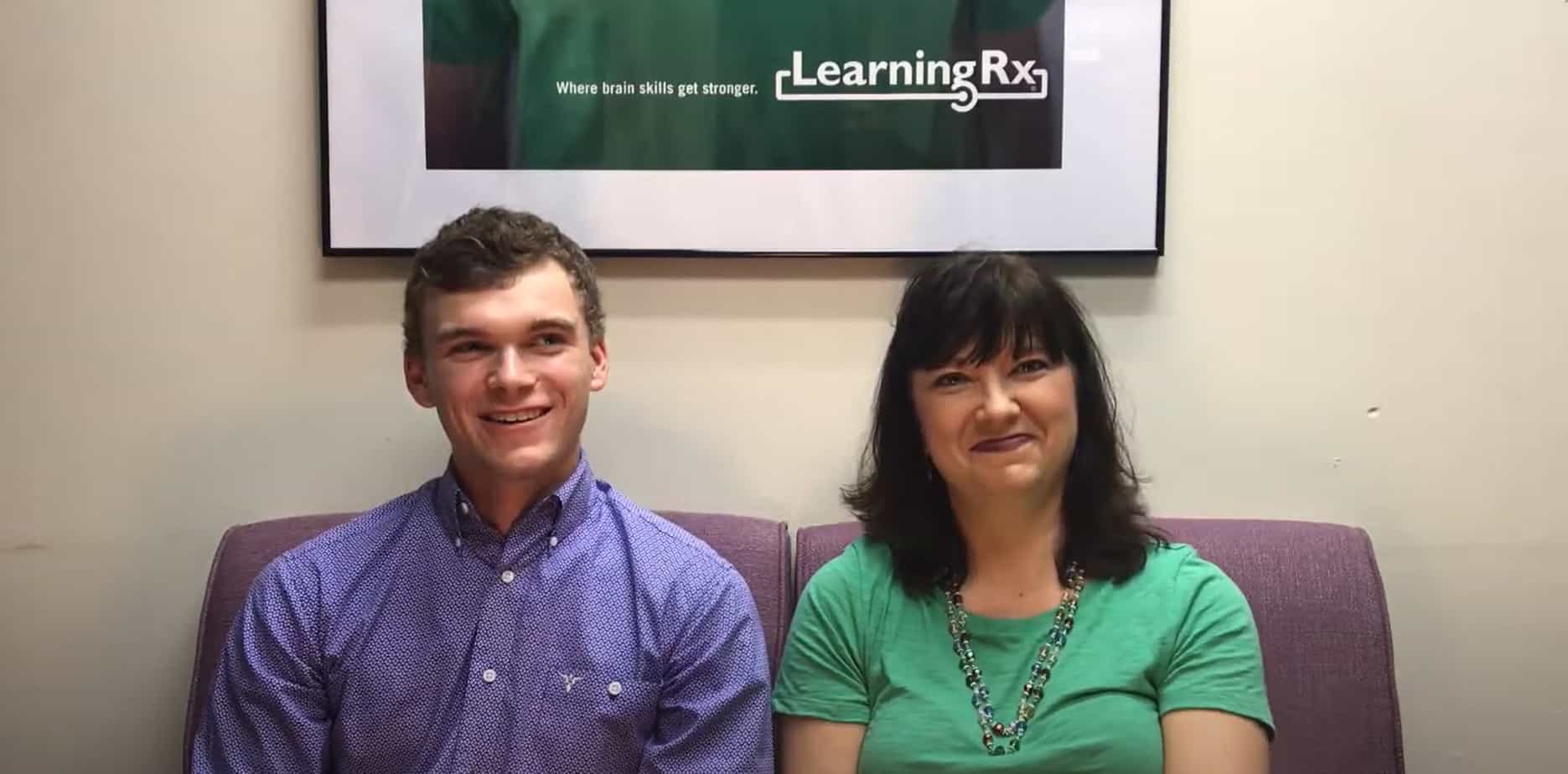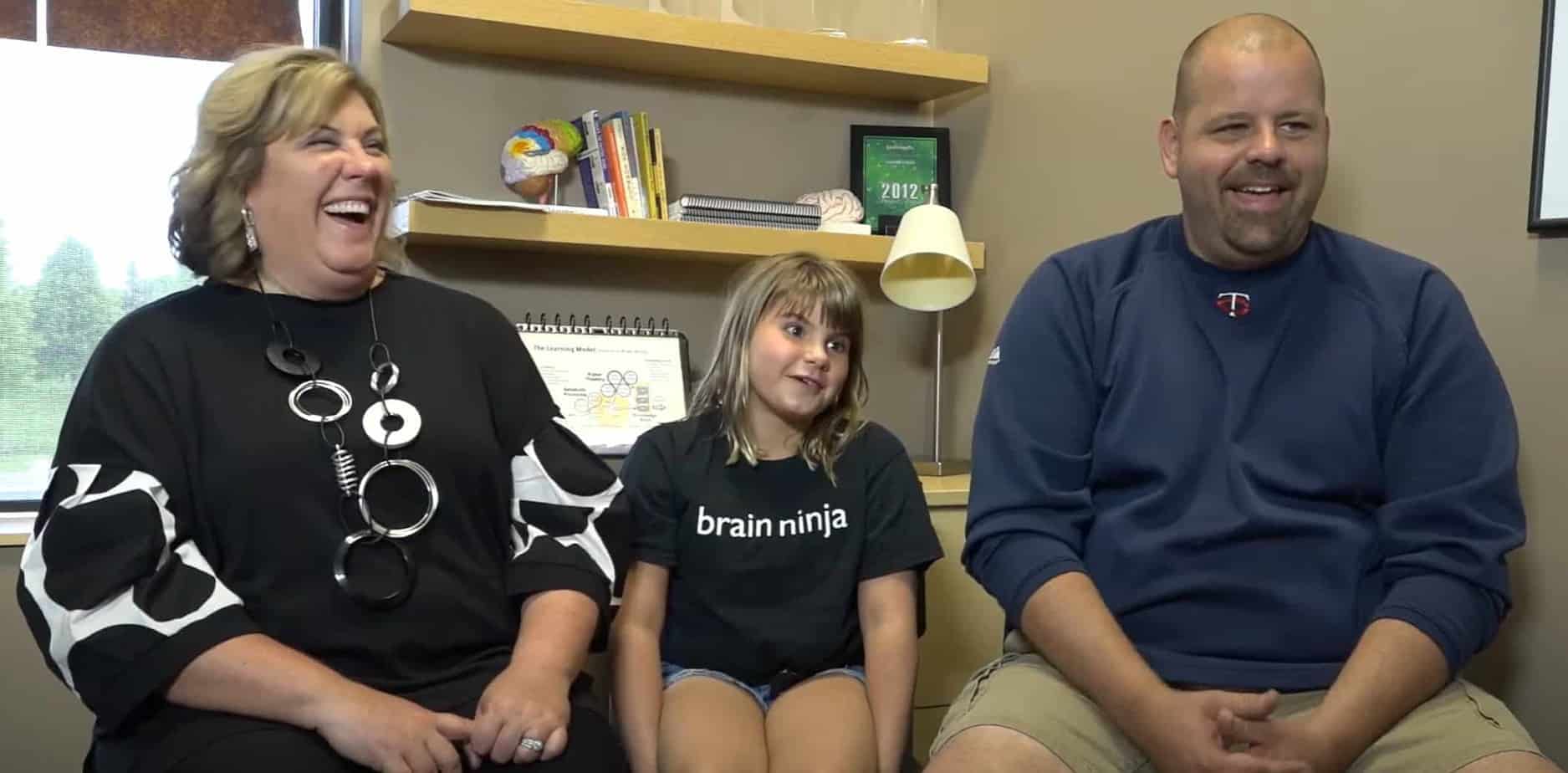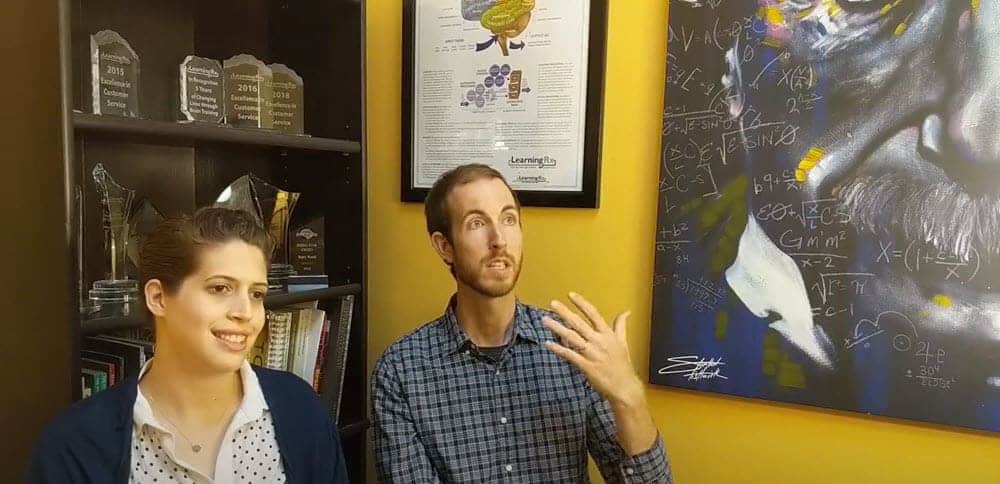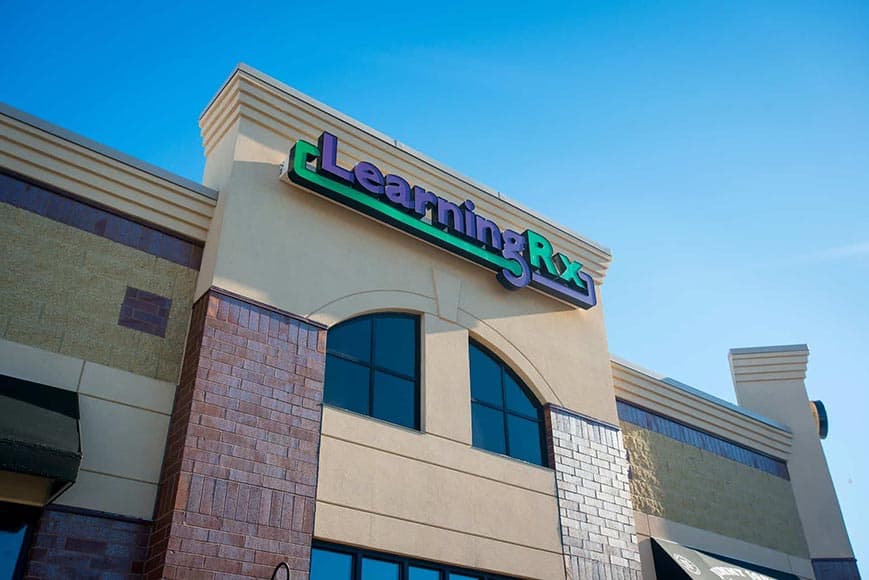Tips to Engage Your Child in National Poetry Month
April is National Poetry Month and if you’re looking to get your child engaged in the celebration, either as a writer or reader, we’ve got some tips and book recommendations.
To be fair, we understand that some kids may struggle to drum up interest due to difficulty with language skills (e.g., vocabulary and grammar), limited exposure to poems, or even a fear of being judged for their reading (or writing) abilities. But poetry can help motivate kids to read, build vocabulary, encourage creativity, and even teach young readers about sounds, including voice, pitch, volume, inflection and rhyming.
National Poetry Month: Helping your child improve their poetry reading and writing
Looking for some specific tips to help your child dig into poetry as a reader, writer or both? Consider these ideas:
#1: Choose age-appropriate poems to read.
It’s probably not realistic to expect a 7-year-old to fall in love with Shakespeare, Dickinson, Keats or Poe. Luckily, there are plenty of poems specifically written to appeal to young readers’ interest and understanding. For example, Theodor Geisel—better known as “Dr. Seuss”—used playful rhyme schemes and entertaining narratives to captivate young readers. In fact, he specifically used nonsensical words in his writing to help develop phonological awareness (i.e., the sounds letters make) rather than simply memorizing sight words.
Read More: Reading Skills Tips for Young Students >>
#2: Read poetry aloud together during National Poetry Month—and all year!
Most experts agree that reading aloud to kids is one of the most beneficial activities that parents or caregivers can provide. It significantly benefits vocabulary and language development, comprehension, imagination, attention and other cognitive skills (not to mention bonding). Choose a variety of types of poems and discuss imagery, rhythm, new words, and themes.
Read More: Age-Related Reading Milestones >>
#3: Write poems together.
Go online to come up with fun prompts or generate some ideas together. Consider filling a hat with random words and look for ways to incorporate them into your poem. Or come up with a funny theme or title, such as, “If I Ran the World” or “The Most Delicious Picnic at the Park.” (The latter might allow for descriptions using all five senses.)
Depending on your child’s age, you may want to talk about metaphors, similes, alliteration or rhyme schemes (for example, A-B-B-A). Ensure that you’re focusing on the process, not the end product, and celebrate their effort by pointing out funny or interesting parts of the poem.
#4: Get creative with your poetry format.
Not every poem has to be written with pen and paper. You can create poems together while you’re driving to school or by freestyle rapping to a beat you create by clapping or pretending to play drums. You may also want to use magnetized letters or words to take turns creating short poems on the refrigerator or even cutting words and images from magazines to make your own poetry collage.
National Poetry Month: Poetry books for kids by age
Ready to introduce your child to poetry but don’t know where to start? Check out this list of children’s books that offer age-appropriate nursery rhymes and poems with illustrations.
Where the Sidewalk Ends by Shel Silverstein (ages 4+)
Description: You’ll meet a boy who turns into a TV set, and a girl who eats a whale. The Unicorn and the Bloath live there, and so does Sarah Cynthia Sylvia Stout who will not take the garbage out. It is a place where you wash your shadow and plant diamond gardens, a place where shoes fly, sisters are auctioned off, and crocodiles go to the dentist. Shel Silverstein’s masterful collection of poems and drawings stretches the bounds of imagination.
Read-Aloud Rhymes for the Very Young by Jack Prelutsky (ages 2-5)
Description: More than 200 little poems to feed little people with little attention spans to help both grow. Marc Brown’s inviting illustrations add a visual dimension to the poems, which further engage young imaginations.” The poems are by 119 of the best-known poets of the 20th century.
A Universe of Rainbows: Multicolored Poems for a Multicolored Worlds by Matt Forrest Esenwine (ages 6-10)
Description: What do Yellowstone’s Grand Prismatic Spring, Peru’s Vinicunca mountain, the star Betelgeuse, and a drop of water have in common? Rainbows! In this iridescent collection, Joyce Sidman, Nikki Grimes, Janet Wong, and seventeen other poets explore bursts of color across nature. Each selection explores a new rainbow—and not just the ones in the sky. In haiku, free verse, and other forms, the poets capture marvels like crystals, pilot glories, Gouldian finches, and marble caves. Acclaimed illustrator Jamey Christoph brings each rainbow to life in brilliant color and playful detail.
Poems for Kids: Over 600 Poems for Teaching Poetry Terms & Poetic Devices to Children in Grades 3-6 by Lorrie L. Birchall (ages 7-12)
Description: Poems for Kids (Second Edition) is a HUGE (305 page) collection of over 600 child-friendly poems, organized by poetry terms & poetic devices.
National Geographic’s Book of Animal Poetry by J. Patrick Lewis (ages 4-8)
Description: Lovingly selected by U.S. Children’s Poet Laureate J. Patrick Lewis and paired with vibrant animal photography, this collection of poems is an exuberant celebration of the animal kingdom and a beautiful introduction to this genre of literature. Designed for family sharing but targeted to ages 4-8, this dynamic, fresh, yet still classic collection of animal poems is a must-have for the family bookshelf.
Remember, there’s no “right” way to explore poetry. Whether you read classic nursery rhymes before bed or write funny lyrics for a family rap battle in the living room, enjoyment is the goal. If you can help build a love for language now, it’s likely to stay with your child throughout life!
